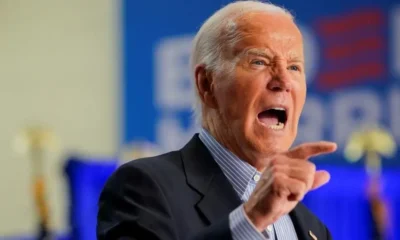Electric cars and trucks seem to have everything going for them: They don’t produce tailpipe emissions, they’re quieter than their fossil fuel-powered counterparts and the underlying architecture allows for roomier and often sleeker designs. But the humble lithium-ion battery powering these cars and trucks leads a difficult life. Irregular charging and discharge rates, intense temperatures and many partial charge cycles cause these batteries to degrade in the first five to eight years of use, and eventually, they end up in a recycling facility.
Instead of sending batteries straight to recycling for raw material recovery — and leaving unrealized value on the table — startups and automakers are finding ways to reuse batteries as part of a small and growing market.
That’s because the average electric vehicle lithium-ion battery can retain up to 70% of their charging capacity after being removed. The business proposition for second-life batteries is therefore intuitive: before sending the battery to a recycler, automakers can potentially generate additional revenue by putting it to use in another application or selling it to a third-party.
Low consumer uptake and the relatively recent introduction of EVs to the market has kept the supply of used batteries low, but automakers are already pursuing a number of second-life projects.
To name only a few such projects that have popped up in recent years, Nissan is using old batteries to power small robots; French carmaker Groupe Renault, with partners, is launching stationary energy storage systems made with old EV batteries; and Audi Environmental Foundation, the daughter organization of Audi AG, worked with Indian startup Nunam to build solar nanogrids out of used e-tron battery modules.
Other OEMs, like Lucid Motors, BMW and Proterra, are incorporating reuse principles into their battery design. In fact, Lucid has built its batteries to work across its electric vehicle and energy storage products, including in second-life uses, Chief Engineer Eric Bach told TechCrunch. And BMW has used a ‘plug-and-play’ concept with the batteries in its i3 model so that they can be easily removed and inserted into second-life applications, BMW spokesperson Weiland Bruch said in an interview with TechCrunch. “We believe that battery second-life will become its own self-standing business field,” he added.
A new lease on battery life
Automakers are increasingly bullish on second-life uses, though the size of their role in this budding market is still unclear. Matthew Lumsden, CEO of UK-based Connected Energy, told TechCrunch that he has noticed a shift in the past two years where some OEMs have begun viewing batteries as an asset rather than a liability.





















